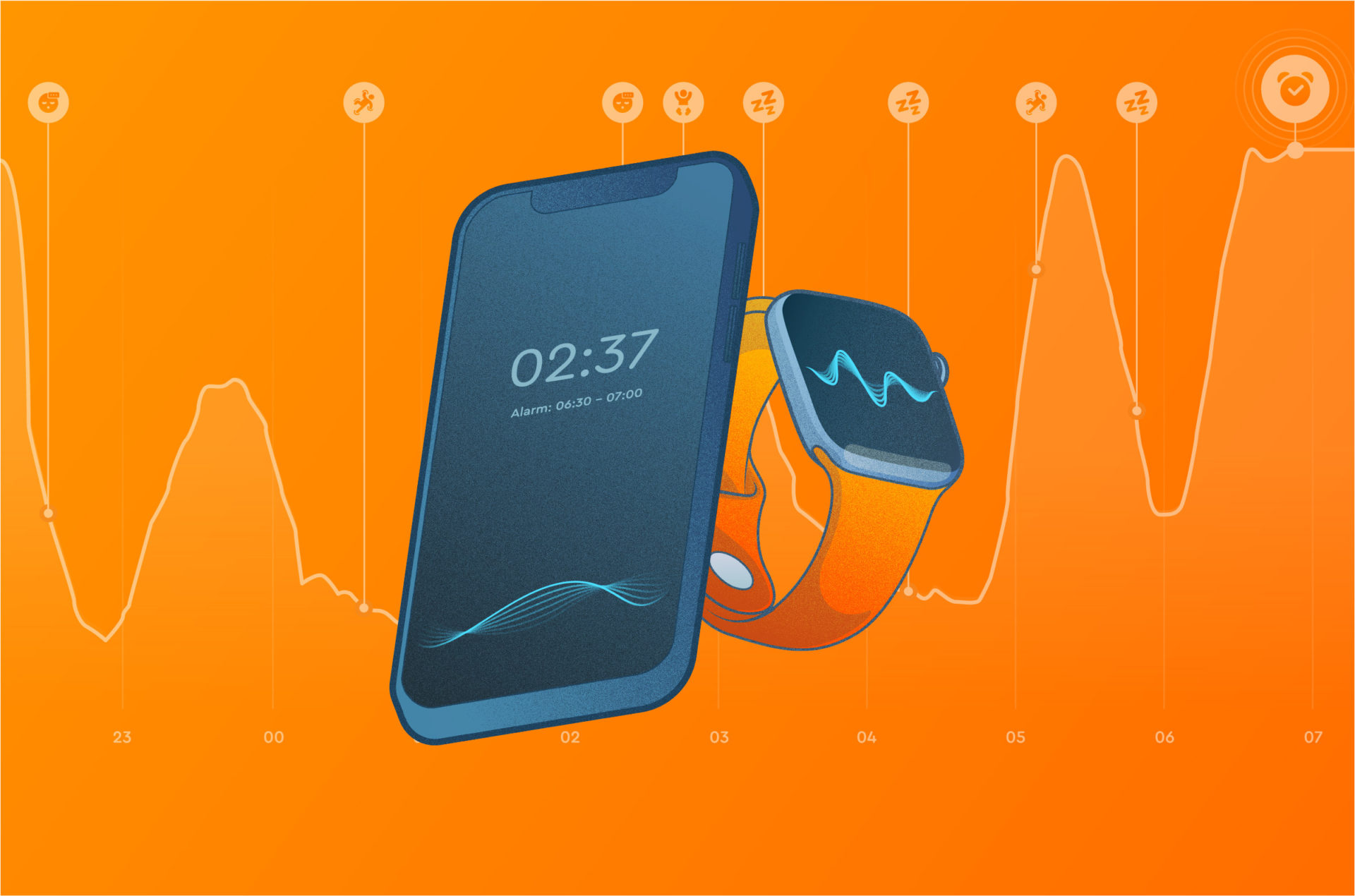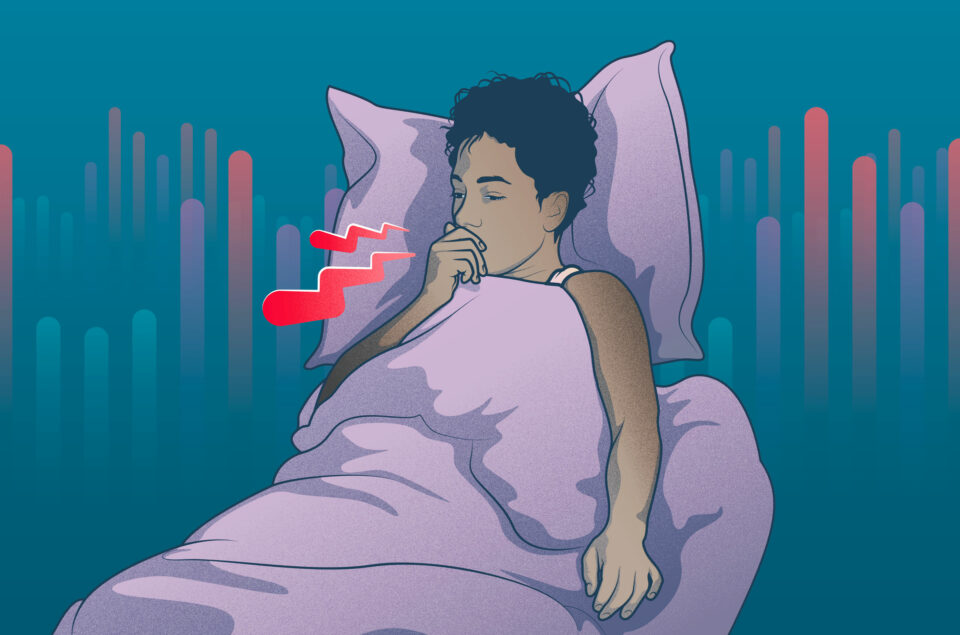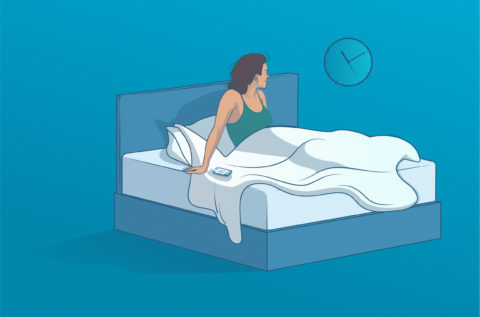Sleep Cycle has always been a frontrunner in the development of sleep-tracking technology that we today take for granted. Before entering our bedrooms through convenient and portable devices, the only way to monitor sleep and use sleep-tracking technology had been in a clinical setting. Revolutionary technology is at the forefront of this evolution.
In this article, we’ll walk through the technology that powers Sleep Cycle’s app, allowing millions of users to access affordable and insightful sleep monitoring from the comfort of their bedrooms, every night.
Sleep Cycle’s sleep technology explained
At its core, the technology used to analyze sleep relies on sensors and algorithms using two distinct methods to detect when you fall asleep and your sleep patterns:
1. Motion Detection through Microphone
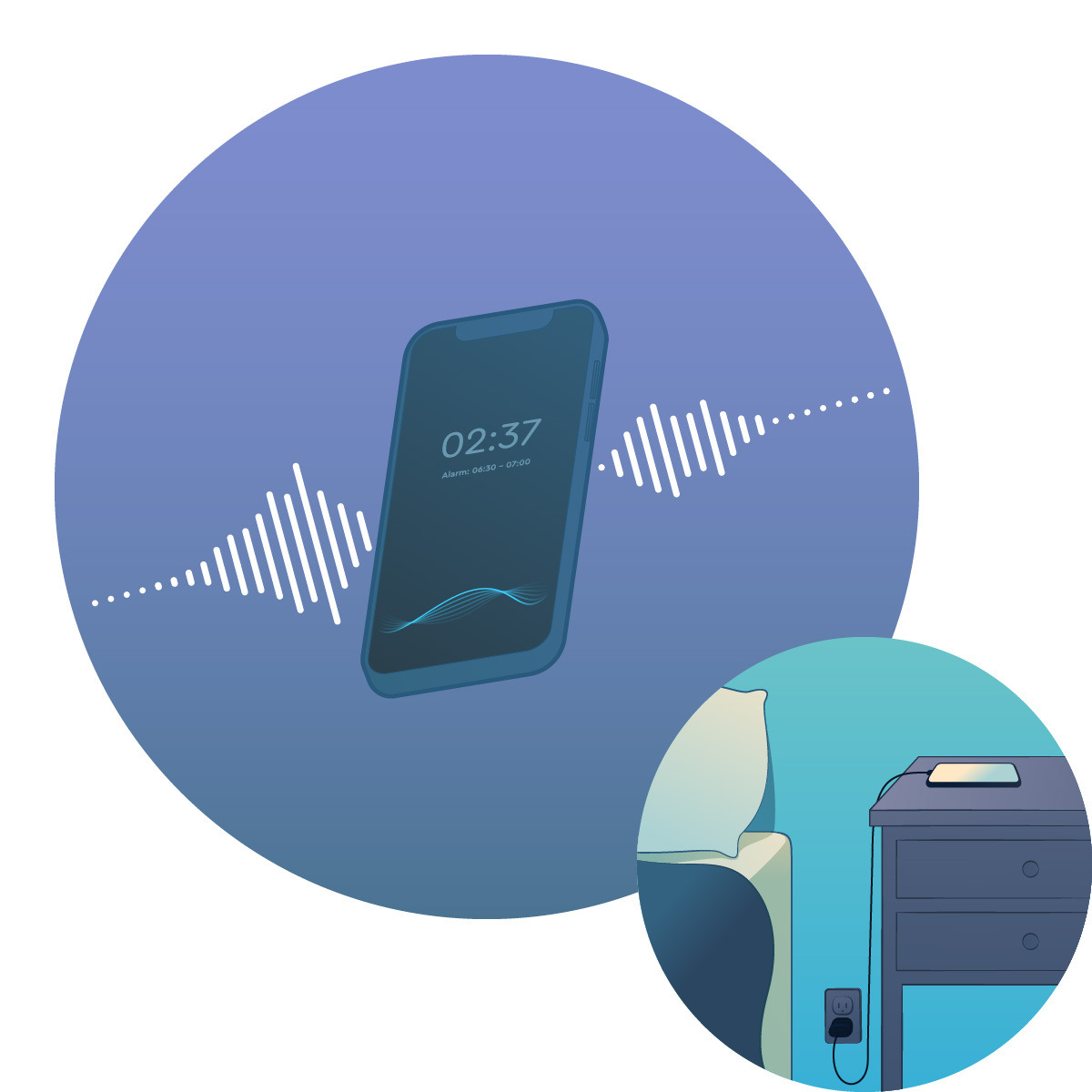
This is Sleep Cycle’s recommended setting and the method which will allow for the most accurate insights. Sleep Cycle uses a patented algorithm for sound detection. By placing your phone near your bed, the microphone in your device will listen to your sounds, such as breathing, moving and snoring to name a few, through this highly sensitive sound detection method. It will then analyze this data and provide you with the findings.
It correlates this with your habits and external factors including surroundings (more on this later) to give you a comprehensive picture of your overall sleep health. Through the sounds captured, the sleep analysis will tell you when you’ve moved from a deep sleep to a light sleep phase, and also provide recordings of sounds picked up from your sleep, such as sleep talking, snoring and coughing:
2. Motion Detection through Accelerometer and Microphone
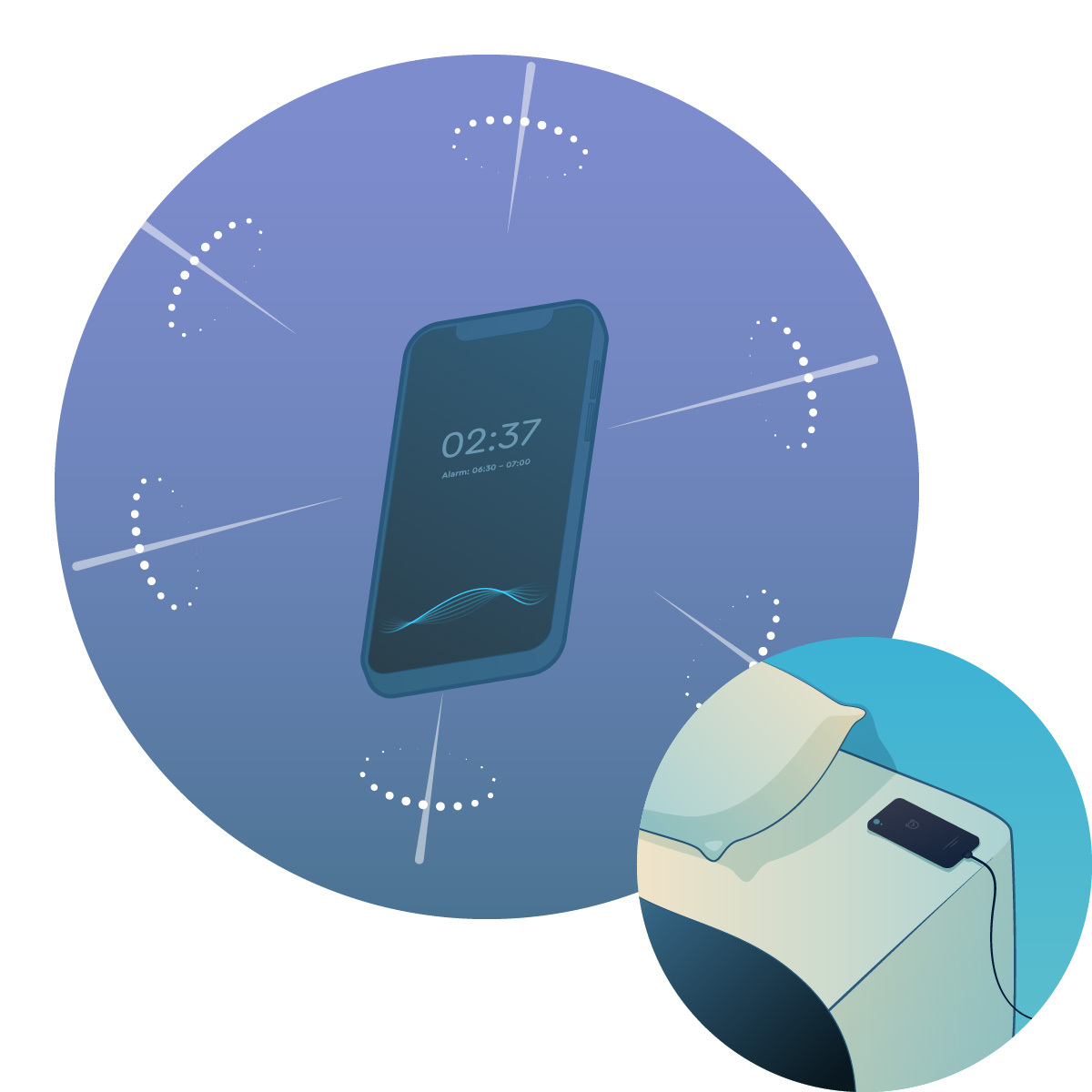
This method uses the microphone and accelerometer inside a phone or a smartwatch (the part which senses when you’re turning the phone around, allowing your screen to follow) and detects movements as you sleep. A lot of movement typically indicates that you’re in a light sleep phase, whilst as you fall into a deeper sleep phase, your body becomes more still.
Both methods will allow Sleep Cycle’s sleep tracker to know when you’re asleep, but microphone users will enjoy the best insights. Sleep Cycle’s algorithms then analyze the data after each sleep session to present the user with information in graph format, looking at different measurement points, such as an overview of your sleep stages, regularity, time spent in bed, sleep duration, sleep quality and more. The Smart Alarm linked to your sleep stage will only activate when you’re in a light sleep phase within your pre-defined wake-up window.
Adapting sleep technology to your environment
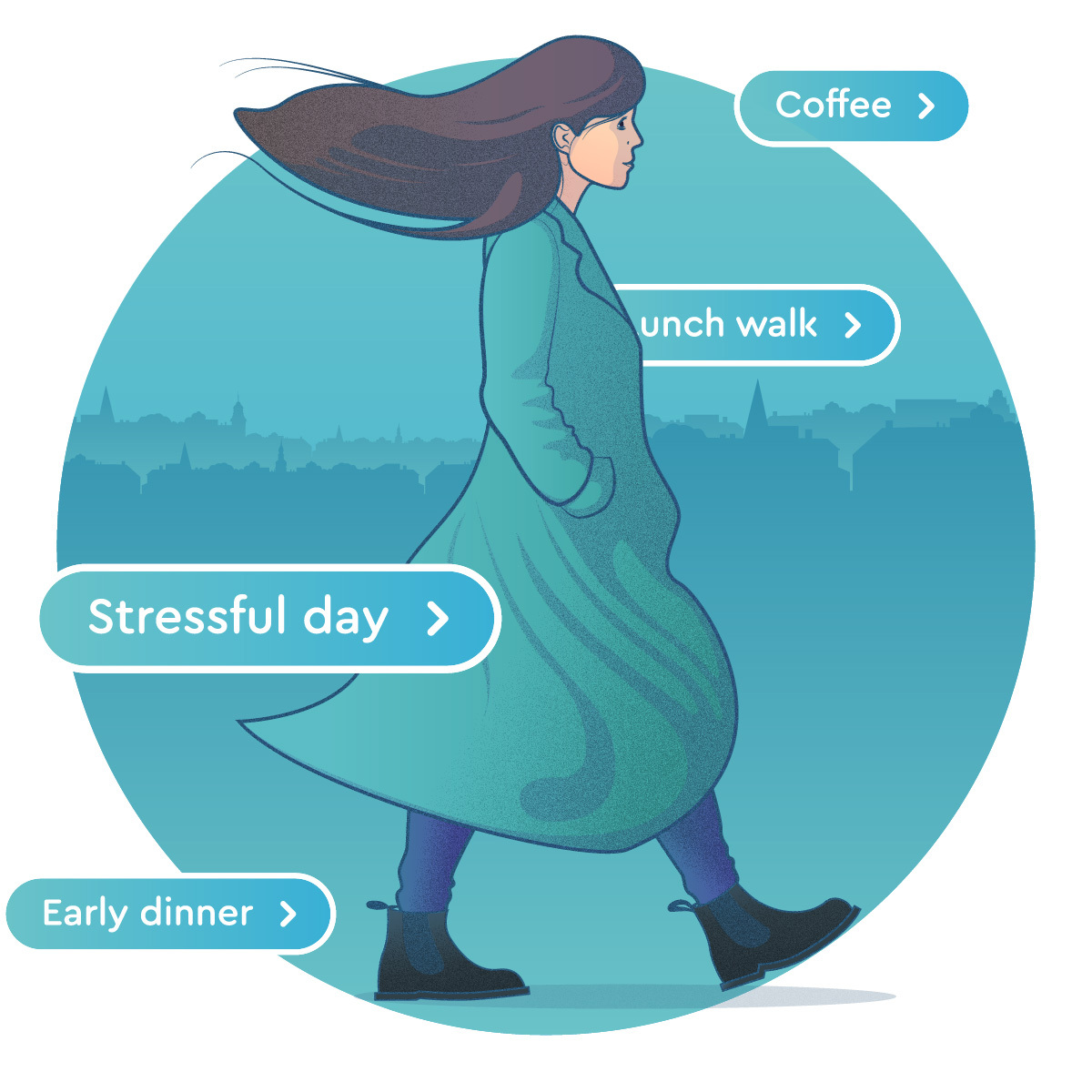
Ever wondered if your sleep is disrupted by a late-night meal? Sleep Cycle gathers data on your actions and surroundings to allow you to see correlations between your actions and sleep over a length of time. For example, you can add sleep notes with details on whether you’ve exercised, had a late meal and so on before each sleep session. This will give you more meaningful insights over time and whether that coffee after 5 pm really is messing with your sleep.
Other measurements include regularity through the feature Sleep Goal, where you’ll be able to see how rewarding a consistent sleep schedule can be for your sleep quality. There are many more environmental markers, such as air pressure, phases of the moon, all of which contribute to an appreciation of what shapes your sleep. Furthermore, you will be presented with a Sleep Quality score, allowing you to determine if there are certain factors that could be disrupting or improving your sleep.
Breaking new ground with machine learning
Sleep Cycle recently announced the launch of ‘Who’s snoring?. This exciting new feature can differentiate between snoring sounds from two or more people sharing a bedroom, enabling a more accurate picture of the user’s sleep and overall health.
This development was made possible by applying machine learning models to distinguish between the sounds and involved a series of complex tasks including training a model to differentiate between people’s snoring using few-shot-learning. Patent approval is pending for the algorithm behind this groundbreaking new feature.
Unrivaled Sleep Data
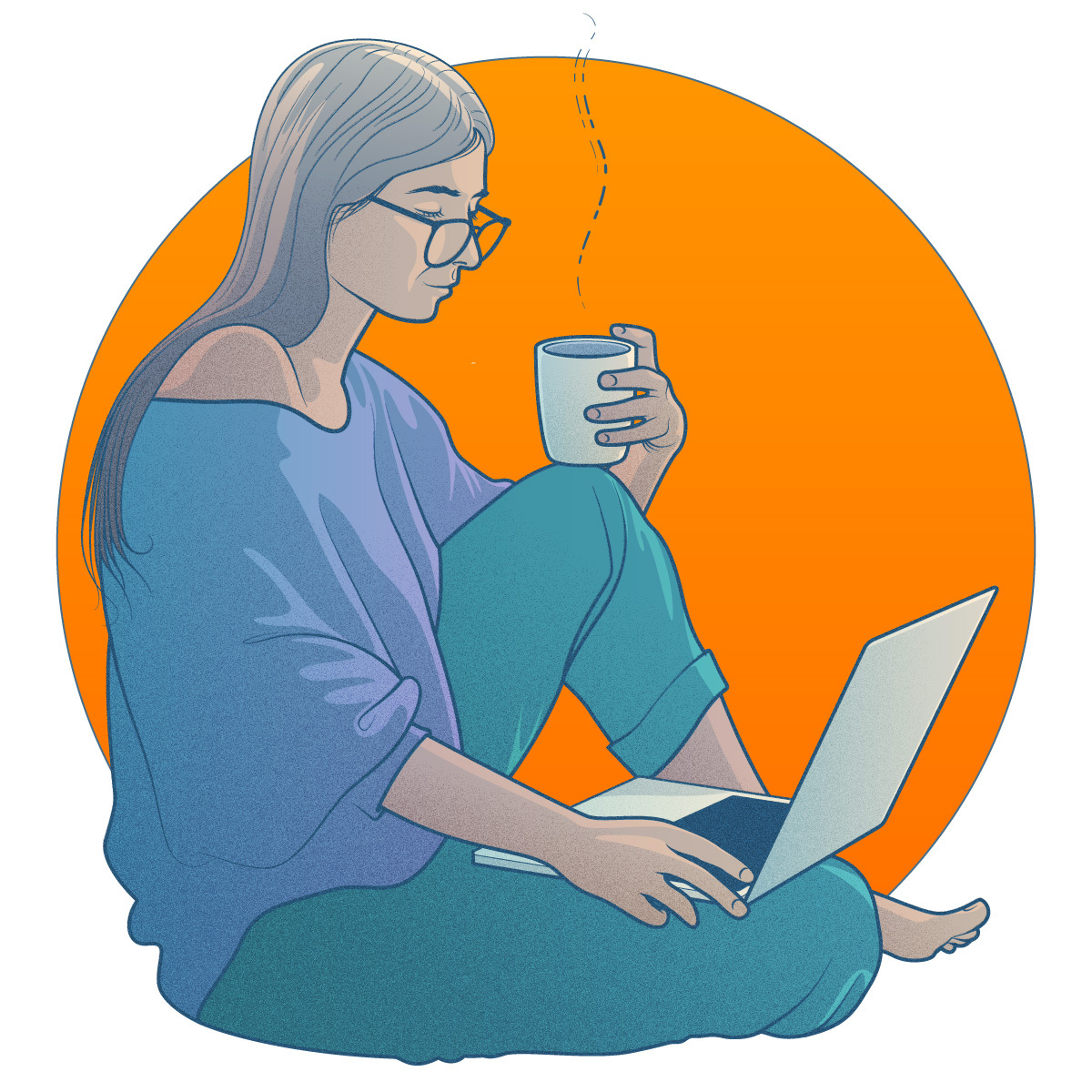
Over the years, with our users’ consent, Sleep Cycle has gathered the largest set of global sleep data in the world. The data gives a unique insight into our users’ sleep patterns that can be presented to them in easy-to-understand graphs. At the same time, the more we aggregate and analyze data, the more the technology adapts and we can optimize and improve features and functions. An example of this is the ‘Who’s snoring’ feature above.
Ultimately our database, apart from providing a superior user experience, also serves a higher purpose, and that is to assist the sleep-science research community to keep advancing our common knowledge of sleep. Our database grows exponentially each day, ensuring we stay at the forefront of sleep-related knowledge.
Our CTO, Mikael Kågebäck describes the power of sleep technology simply:
“The expansion and evolution of sleep technology will allow more people to accurately monitor their health through a variety of methods and devices.”
At Sleep Cycle, this is our main goal. With the help of cutting-edge technology to arm people with knowledge of their sleep health, providing powerful insights that can ultimately lead to a change for the better – one night at a time.
Want to try out Sleep Cycle’s technology for yourself? Go to your free trial here.
Upgrade your sleep with Sleep Cycle
4,7 stars
282 000 ratings (iOS)

50 million
users

